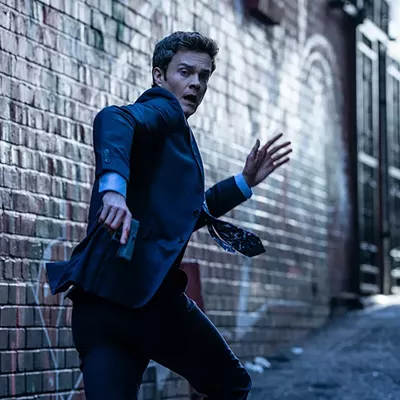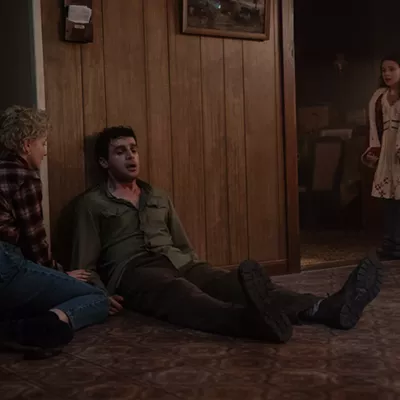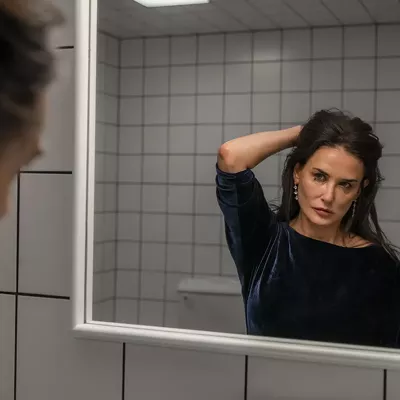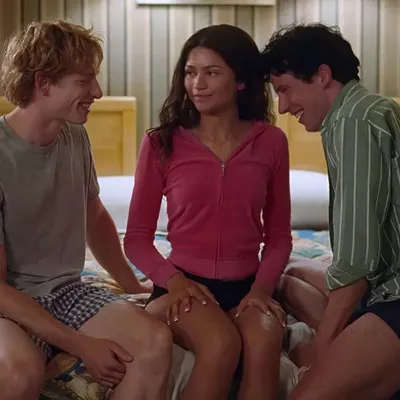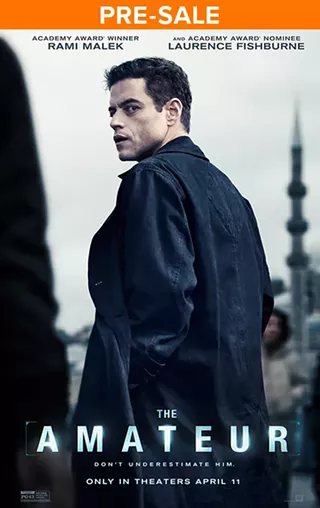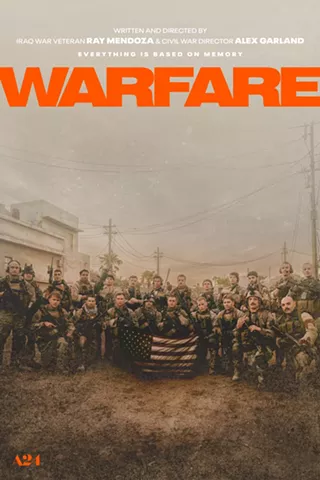And for the most part, Eastern Promises lives up to its hype. It's not as perfectly constructed as A History of Violence, but that's like saying that the Eiffel Tower is not as perfectly constructed as Brigitte Bardot.
The film starts as all great films do, with a guy getting his throat slit. It then cuts to a woman hemorrhaging in a drugstore, and then to a bloody newborn baby. So the message, right from the start, is that this is not Bambi.
But the nice thing about the way Cronenberg does violence is that he makes it seem horrifying and wrong, as opposed to the way most directors do violence, where they make it seem like the kind of thing you'd want to do on a ski slope while chugging Mountain Dew.
Cronenberg's model is not extreme sports. Contemporary action films use a steady staccato rhythm of violence, minimizing the impact of any individual sequence. Instead of looking to the immediate and rapidly passing present as his inspiration, Cronenberg looks to the films of the '40s and '50s, when mood and buildup were important, and violence was held in check until it became meaningful.
Eastern Promises shows its retro cred in the clothing, set designs and mannerisms of the Russian gangsters who populate it. Cronenberg doesn't stoop to simple realism here, and eschews the clothing styles of real Russian mobsters (track suits, gold chains, greasy comb-overs). Instead, he dresses them in the sharply tailored suits and dour expressions of old-school noir villains. The actors stick the roles, gliding through scenes on slippery accents and sly movements of the eye that indicate that they know something, and that if you know something, you'd better act like you know nothing, capeesh?
Mortensen is especially impressive as Nikolai, a low-level lieutenant in the crime family who uses his close affiliation with the boss' son to move up the ranks. Mortensen has a deeply studied accent and affect, completely transforming himself into the kind of guy that you'd like to meet in a dark alley because, even though he'll kill you, he'll at least do it in the most efficient way possible.
He's also at the center of a plot twist that most astute viewers will guess a few minutes into the film. But that's OK: It's the kind of plot twist that you want to telegraph, toying with the audience's expectations until they're finally rewarded at the perfect moment.
That moment comes in Nikolai's relation to Anna, a nurse-midwife who finds a diary that could destroy the crime family. Anna is played by Naomi Watts, who's not only an excellent actress; she also has the two largest front teeth in Hollywood. She looks like a really pretty giant bunny rabbit.
Played off against Mortensen's shotgun-blasted handsomeness, she creates an old-school noir heroine who's as delicate as a butterfly wrapped in a flower floating on a feeling. Strangely, of the two, it's Mortensen who spends big chunks of the film in little or no clothing. In one sequence, cinematographer Suschitzky poses Nikolai on a velvet divan as a tattoo artist emblazons gang signs on his knees. It's the sort of scene people often call "homoerotic," because it sexualizes a man's body while no women are present. Strangely, they don't say similar things about scenes that sexualize women's bodies in the absence of male characters.
In an even nakeder sequence, Viggo does the classic CMvNM (Clothed Men versus Nude Man) bit when he tries to protect his dangling jewels from two fully dressed hit men in a Russian bath. That scene would be great if it weren't for a moment of sloppy editing in the middle, but it fully redeems itself in the end, no pun intended.
Unlike Mortensen, though, the end of Eastern Promises is its weakest point. It stops fairly abruptly, having essentially completed the story of Anna, but leaving Nikolai in the middle of his story. Oh well. After 100 minutes of stunning cinematography, spot-on acting and deadly scripting, I didn't care that much.
Screenwriter Steven Knight, director Cronenberg, set decorator Judy Farr, costumer Denise Cronenberg and, well, everyone involved in the art department, acting, lighting and catering of this film deserve some sort of award. If only the movie industry gave out such things. But if they did, they'd have to note that, other than the slack ending, Eastern Promises looks like it was assembled by taking all of the finest directorial moments of the moody and subdued midcentury crime films and then seamlessly tying them together into a well-tailored bundle of smoky glances and spurting arteries.

